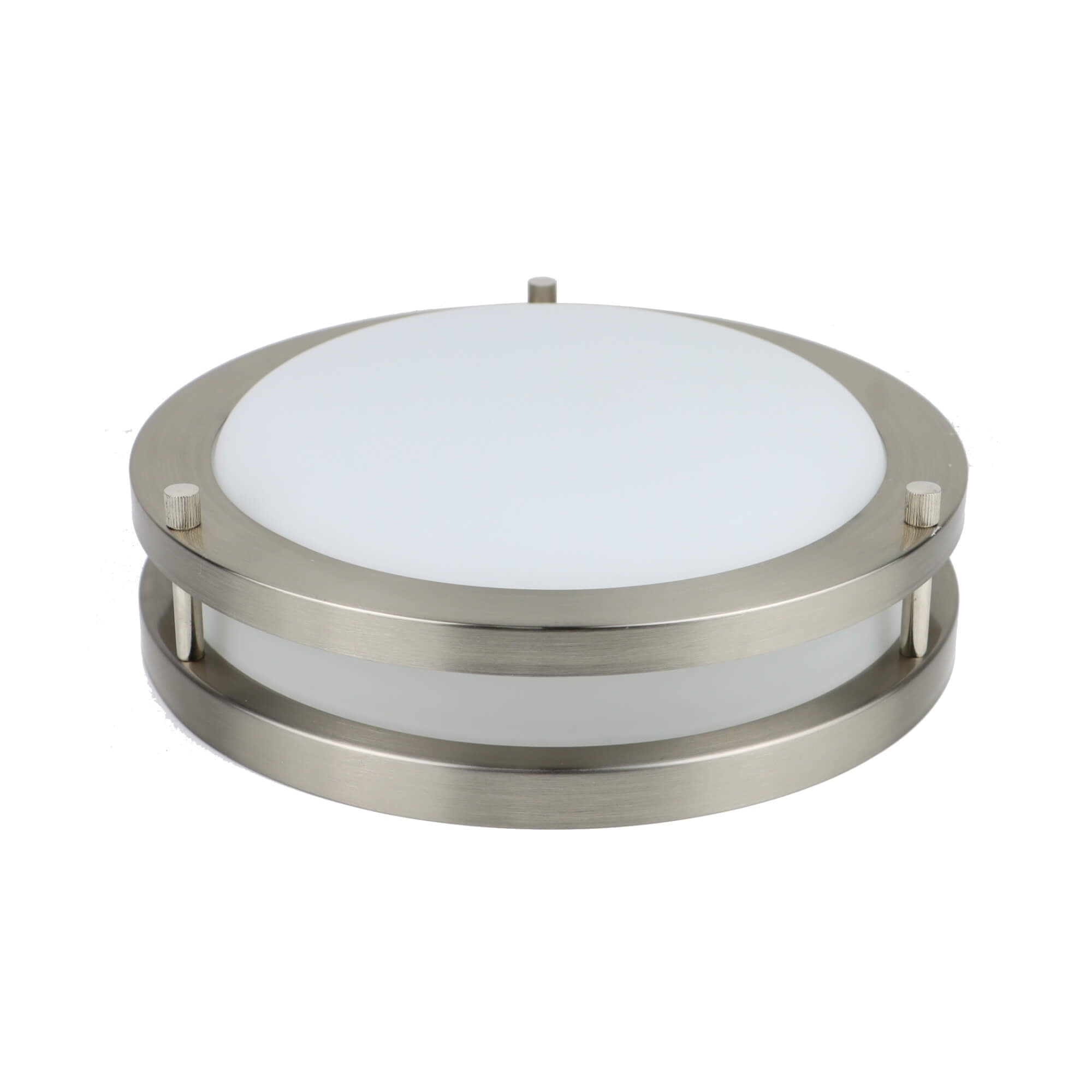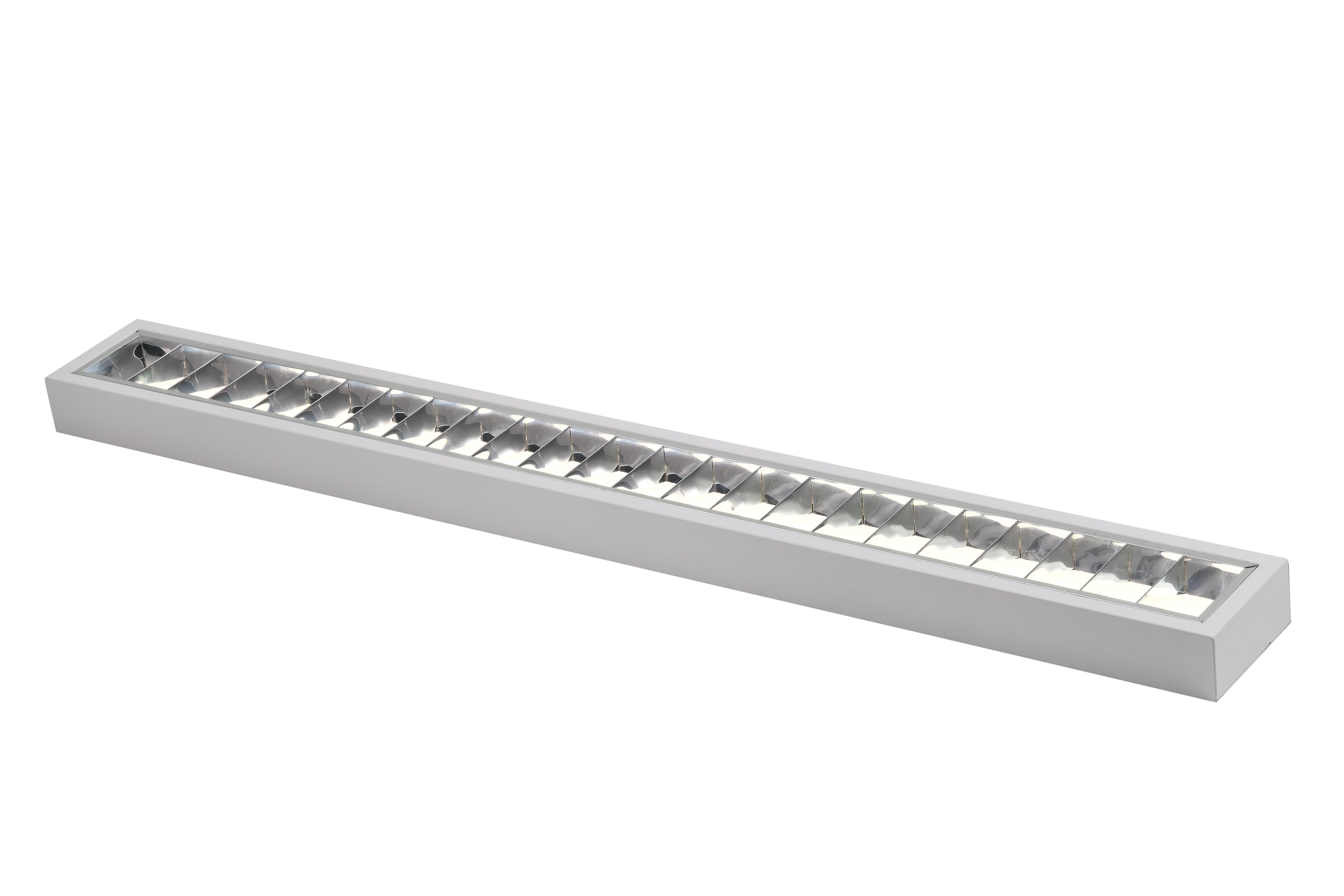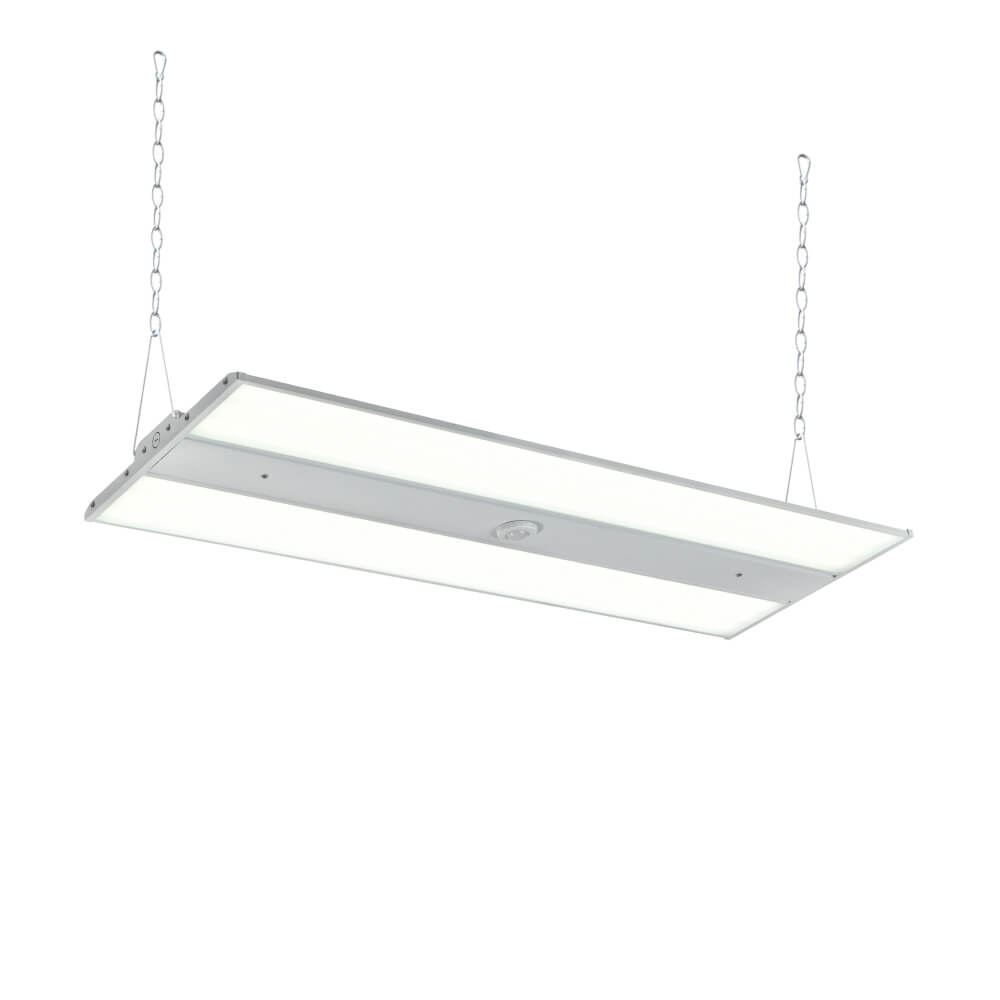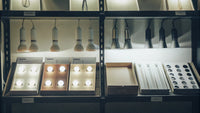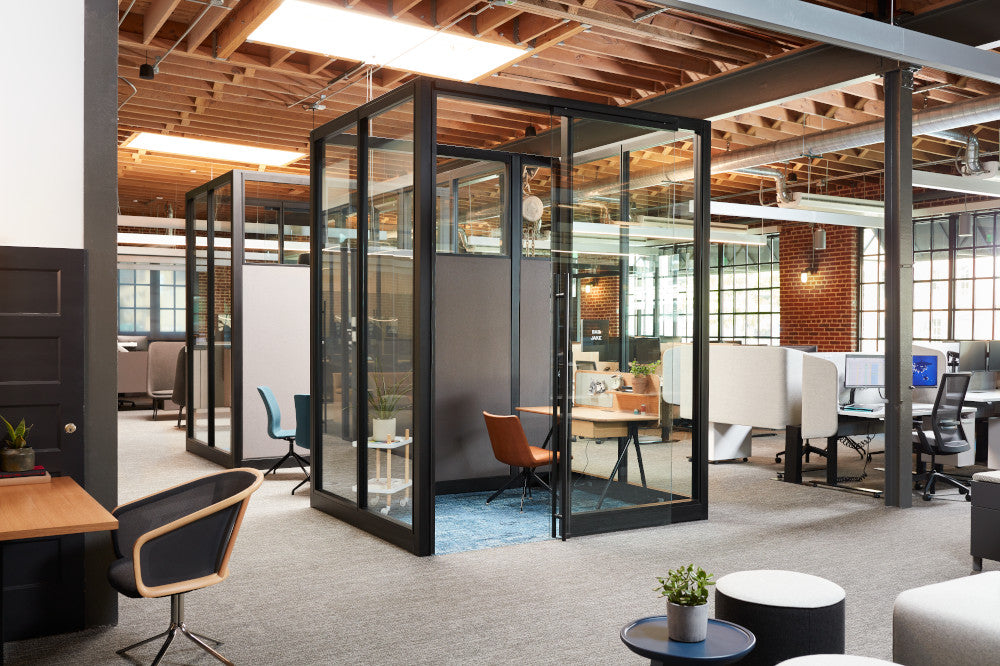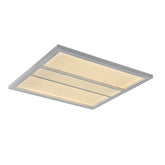Comprehensive Guide to LED Recessed Lighting Selection
Navigation
Introduction
Recessed lighting can provide many advantages for your commercial, industrial, office or business, including enhancing aesthetics and ambiance, saving space, energy efficiency, versatility, and more. When choosing your fixtures, be sure to consider your specific lighting needs and personal preferences to select the best option for your space.
Different Types of LED Recessed Lighting
Different types of trims are available for recessed lighting, each with its own unique features and benefits. These include:
-
Open Trim: This trim places the light LED chips nearly flush with the ceiling without the interior of the fixture visible.
-
Reflector Trim: Featuring a reflective surface inside the fixture, this trim boosts the light output of the LED chips.
-
Baffle Trim: The most common type of trim, it features a black ribbed interior to reduce glare and eyestrain.
-
Pinhole Trim: This trim focuses all of the led chip's light into a narrow downward channel for a modern, minimalist aesthetic.
-
Eyeball Trim: This trim allows for adjustment of the led chip angle in different directions.
-
Gimbal Trim: Similar to the eyeball trim, this variation has the led chips recessed further back into the ceiling, which can block some of the light.
-
Canless Trim: This type of trim does not require an electrical box and plugs directly into the building's wiring.
-
Shower Trim: Suitable for installation in wet areas, this trim features tempered glass to protect the led chips from moisture.
-
Wall Wash Trim: This trim utilizes a shield to focus light toward the wall or feature being illuminated, creating a spotlighting effect.
Important Features to Consider When Selecting LED Recessed Lighting

Quality Of Light
The color rendering index (CRI) measures a light's accuracy in displaying colors compared to an ideal or natural light source. Opting for LEDs with a high CRI is crucial to ensure that colors are accurately represented. The most excellent LED lights typically have a CRI of 90 or above.
Energy Efficiency
The type of bulb you use can impact the energy consumption of your lighting. LED bulbs can help reduce energy costs over time, and LED bulbs come with the added benefit of a longer lifespan, which means you won't have to worry about replacing them for many years to come.
Color Temperature
Color temperature refers to the warmth or coolness of a light source. Consider the color temperature and dimming options of your recessed lighting fixtures to set the desired mood and atmosphere in your space. It is advised that 2700-3000K color temperature is great for most occasions.
Lumens Output
Output refers to the amount of visible light produced by the fixture. It determines the brightness of a light and, therefore, affects the ambiance of the room.
When choosing recessed lighting, it's important to consider the lumen output that is appropriate for the room. For example, a bathroom or kitchen may require higher lumen output than a living room or hallway. Basically, 700 to 1200 lumens are needed for a bathroom and kitchen, and 400 to 800 lumens for a living room and hallway.
Beam Angle
The LED beam angle refers to the point where the concentration of light is at least 50%. LED recessed lights, commonly known as Retrofit LEDs, usually have a broad beam angle, often exceeding 90 degrees. However, a beam angle that is too broad may produce unwanted glare when looking across the ceiling. Manufacturers may indicate the beam angle in degrees or label them as Flood or Spotlights. For general room lighting, it is advisable to use flood-type lights with a beam angle greater than 40 degrees or those labeled as flood-type lights.
The Right Number of Fixtures Needed for Your Space
The number of recessed lights you need will depend on several factors, including the size of the room, ceiling height, the intended use of the space, and your personal preferences. However, a general rule of thumb is to install one recessed light for every 4-6 square feet of ceiling space.
For instance, you would require about 20 to 30 square feet of ceiling area in a room that is 10 feet by 12 feet (120 square feet). There are approximately five recessed lights when you divide 120 square feet by 25 square feet (each light occupies 4-6 square feet on average).
It's critical to remember that this is only a basic recommendation and that other elements may have an impact on the number of recessed lights you should set up. For instance, you might need to place more lights if your ceilings are higher to make up for the extra height. Additionally, you might want to install additional lights in those areas for focused lighting if you plan to use the room for specific activities like reading or cooking.
By consulting a lighting professional, you can determine how many recessed lights are appropriate for your requirements and available space..
Safety and Durability
Safety and durability should be a top priority when designing recessed lighting. The following factors need to be considered in order for the lighting to be reliable and long-lasting.
-
Insulation Contact (IC) rating: It's crucial to determine the insulation contact (IC) rating of concealed lighting fixtures before purchasing them. Insulation can be in touch with IC-rated fixtures without posing a fire risk.
-
Air-tightness: Air-tightness is crucial because it eliminates air leaks and drafts, which can squander energy and affect a room's comfort. For houses with high ceilings, airtight recessed lighting fixtures are the best option.
-
Housing: A sturdy, corrosion-resistant substance like aluminum should be used for the housing of the recessed lighting fixture. Sturdy housing will offer security and guarantee that the fixture lasts for the anticipated amount of time.
-
Heat dissipation: Recessed lighting sources produce a lot of heat, so it's important to make sure they have adequate ventilation for heat dissipation. Overheating can harm the appliance and make a fire more likely.
Cost Factors
Opting to install recessed lights on your own can be a great way to save money compared to hiring an electrician. Typically, an electrician will charge between $200 to $500 per installed light, which can add up significantly, given that multiple lights need to be installed. As such, it is common for the installation of six lights to cost up to $3,000.
However, when installing recessed lights yourself, the majority of the cost can be attributed to the price of the light fixture itself - which is usually priced between $20 to $50 per fixture, alongside a small length of 14-gauge electrical cable.
Conclusion
It's crucial to create the optimal lighting environment for your space. Whether it's for a residential, commercial, or hospitality location, lighting is an important component that can significantly affect the overall look and feel of a space. Finding the best illumination solution is essential as a result, and Halcon Lighting is what you require.
Halcon Lighting, a manufacturer of lighting, focuses on producing contemporary, high-quality, and inventive lighting devices. They are a top choice in the lighting sector because they offer a large selection of lighting solutions that have been carefully created to satisfy the needs of their clients.
